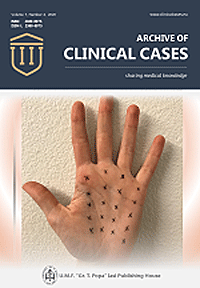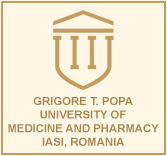Liver
Fatty change (liver) - Steatosis

Fatty change or Steatosis represents the intracytoplasmic accumulation of triglyceride (neutral fats) of parenchimal organs, such as: liver, myocardium and kidney.
Mechanisms : increase of free fatty acids (starvation, diabetes and chronic ethylism / alcoholism), reduction of free fatty acids oxidation (hypoxia, toxins, chronic ethylism/alcoholism), increase of esterification of free fatty acids into triglycerides (due to increased free fatty acids or reduction of their oxidation, chronic ethylism/alcoholism) and reduced export of tryglicerides due to deficiency of lipid binding apoprotein (starvation/malnutrition, toxins). Initially, fatty change does not impair the cells function, being reversible.
At the beginning, the hepatocytes present small fat vacuoles in the vicinity of the endoplasmic reticulum (liposomes) - microvesicular fatty change (photo). In the late stages, the size of the vacuoles increases pushing the nucleus to the periphery of the cell - macrovesicular fatty change. These vesicles are well delineated and optically "empty" because fat solves during tissue processing (paraffin embedding). Large vacuoles may coalesce, producing fatty cysts - which are irreversible lesions. (HE, ob. x20)
Additional information :

